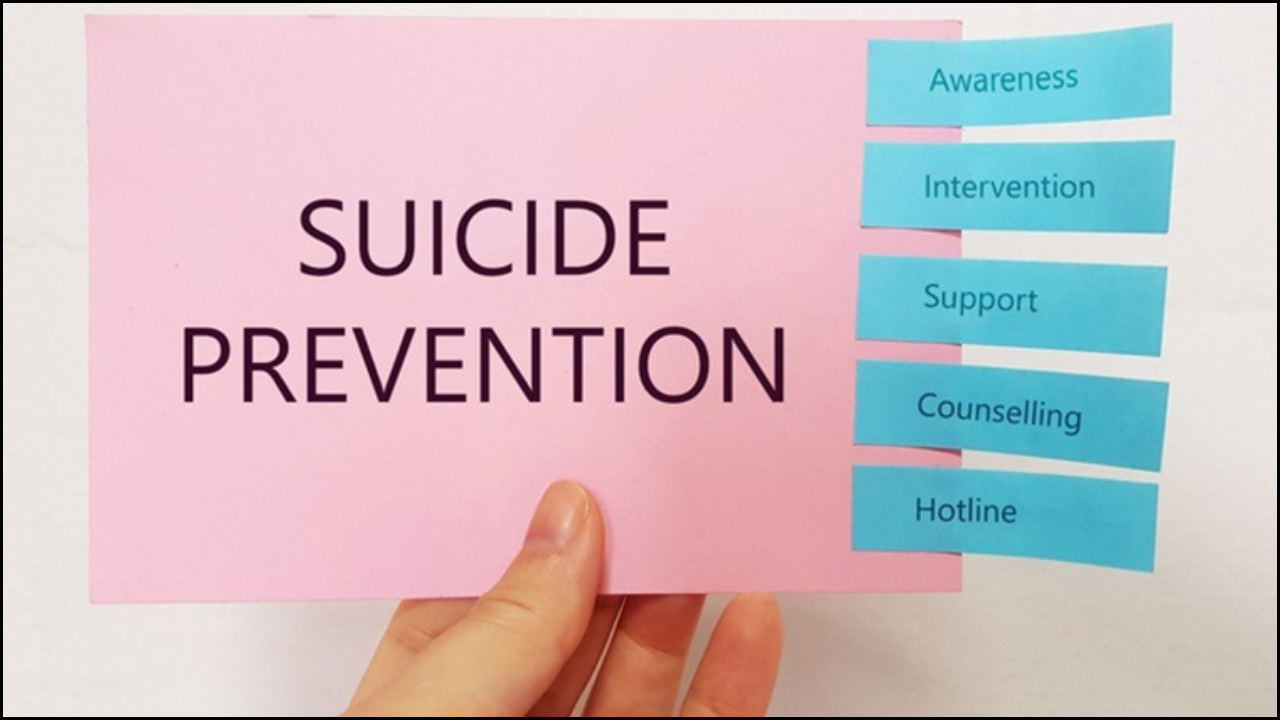
Every life carries meaning, potential, and purpose. When a life is lost to suicide, it leaves behind heartbreak, unanswered questions, and an irreplaceable void. The tragedy of suicide extends far beyond the individual — it touches families, friends, and communities. Creating safe spaces to talk, listen, and support each other is one of the most powerful ways to prevent such losses. True healing begins when compassion replaces silence and listening becomes an act of care.
Table of Contents
Understanding the Impact of Suicide
- Suicide is not just a personal act; it’s a social issue that affects every community.
- Each loss impacts multiple people — loved ones, coworkers, classmates, and neighbors.
- Emotional effects can include guilt, grief, anger, and helplessness for those left behind.
- Recognizing suicide as a mental health issue, not a moral failing, is the first step toward prevention.
Why Listening Matters
- Listening can save lives. Many individuals who struggle with suicidal thoughts feel isolated or unheard.
- Being “here to listen” means showing empathy without judgment.
- Simple acts like checking in, offering company, or saying “I’m here for you” can make a powerful difference.
- People don’t always need advice — sometimes, they just need someone to care.
The Power of Listening in Suicide Prevention
| Action | Meaning | Impact |
|---|---|---|
| Active Listening | Paying full attention and validating feelings | Helps the person feel understood and valued |
| Empathy | Understanding emotions without judgment | Builds trust and safety in conversation |
| Presence | Being physically and emotionally available | Reduces isolation and hopelessness |
| Encouragement to Seek Help | Supporting professional intervention | Connects the person to long-term care |
| Follow-Up | Checking in after conversations | Shows consistent care and concern |
Signs Someone Might Need Help
- Withdrawal from friends, family, or social activities
- Sudden mood changes or expressions of hopelessness
- Talking or writing about death or self-harm
- Loss of interest in previously enjoyable activities
- Giving away possessions or saying goodbye unexpectedly
- Mentioning feelings of being a burden
Recognizing these signs early can open doors for help and intervention.
How to Offer Support
1. Start the Conversation
- Use simple, caring language: “I’ve noticed you seem down lately. Do you want to talk about it?”
- Avoid judgment or assumptions; let them speak freely.
2. Listen Without Interrupting
- Allow silence — it gives space for emotions to surface.
- Avoid saying things like “others have it worse”; focus on their pain and perspective.
3. Encourage Professional Help
- Suggest talking to a counselor, therapist, or helpline.
- Offer to help find resources or accompany them to appointments.
4. Follow Up Regularly
- Consistent communication can remind someone they are not alone.
- A simple message or call can mean more than you realize.
Ways to Support a Person in Crisis
| Support Type | Example | Purpose |
|---|---|---|
| Emotional Support | Listening, validating, being present | Provides comfort and connection |
| Practical Support | Helping with daily tasks or appointments | Reduces stress and isolation |
| Resource Support | Sharing helplines or counseling info | Connects to professional help |
| Community Support | Engaging with peer or support groups | Encourages healing and shared experience |
| Follow-Up Support | Regular check-ins | Reinforces ongoing care |
Breaking the Stigma Around Mental Health
- Society often avoids conversations about suicide out of fear or discomfort.
- Jahin Tanvir and many other mental health advocates emphasize the importance of normalizing mental health discussions.
- Treating mental health with the same seriousness as physical health encourages people to seek help without shame.
- Schools, workplaces, and communities can play key roles by promoting open dialogue and awareness programs.
Creating a Culture of Care
Empathy and awareness form the foundation of a compassionate society. Each person has the power to make a difference by:
- Checking in on friends and family regularly.
- Supporting mental health education and awareness campaigns.
- Sharing resources publicly to make help accessible.
- Encouraging young people to express emotions freely and safely.
When care becomes part of everyday interaction, prevention becomes a community effort.
Building a Supportive Community
| Community Action | Objective | Outcome |
|---|---|---|
| Mental Health Awareness Workshops | Educate about signs and prevention | Reduces stigma and increases understanding |
| Peer Support Programs | Encourage shared experiences | Builds empathy and resilience |
| School and Workplace Policies | Prioritize well-being and mental health | Creates safe spaces for expression |
| Public Campaigns | Spread awareness and hotline info | Makes help more visible and accessible |
| Volunteer and Outreach Programs | Engage people in mental health initiatives | Strengthens community bonds |
Encouraging Hope and Healing
- Every person struggling with suicidal thoughts needs to hear one thing: you matter.
- Healing takes time, patience, and connection.
- Hope grows through shared understanding, professional support, and community involvement.
- Each life saved becomes a story of resilience that can inspire others.
If You or Someone You Know Needs Help
It’s important to reach out immediately to mental health professionals or trusted people. In India, you can contact:
- AASRA Helpline: 91-9820466726
- Snehi: +91-9582208181
- Vandrevala Foundation Helpline: 1860 266 2345
(For other countries, contact local suicide prevention hotlines or health services.)
Looking Ahead
Every life lost to suicide is a tragedy that words can hardly express. Each story that ended too soon represents a voice that needed to be heard. Listening, caring, and supporting one another can prevent countless such tragedies. The phrase “Here to Listen” is not just a slogan — it is a promise to be present, to offer empathy, and to remind others that they are never alone. A single act of compassion can be the difference between despair and hope. By listening, we save lives — one conversation at a time.





